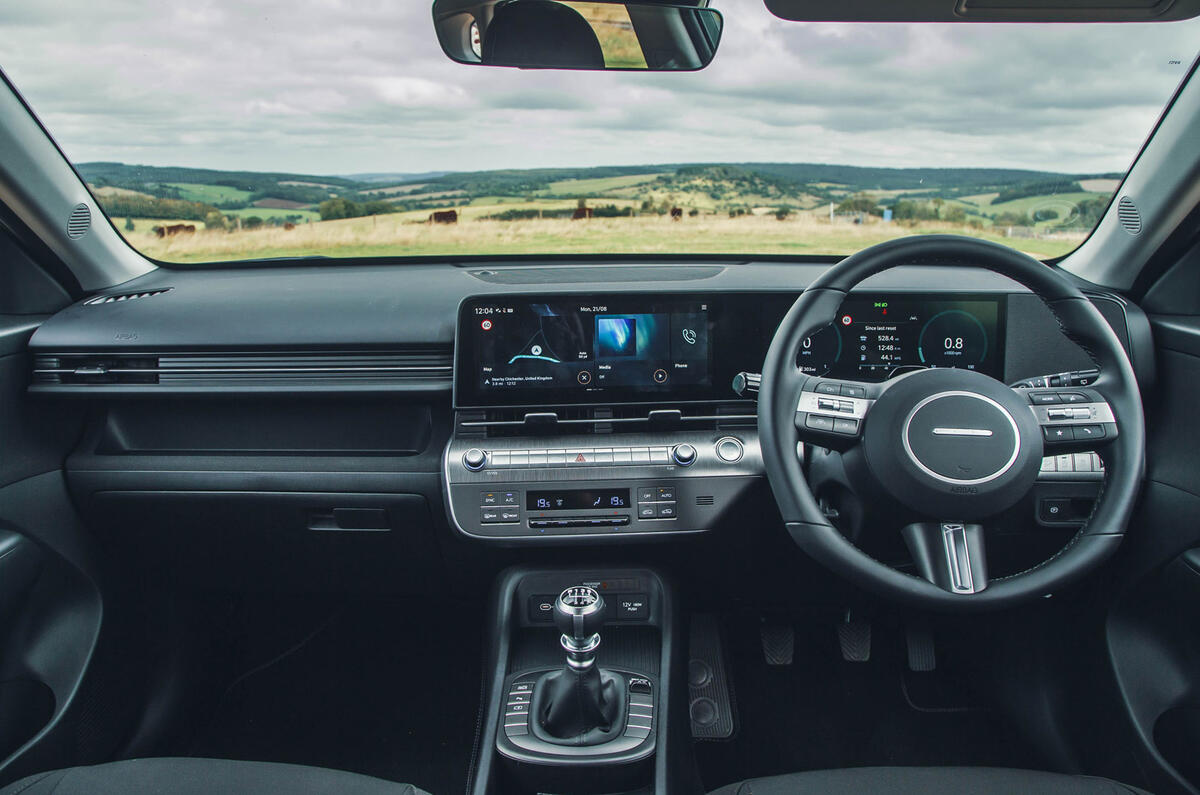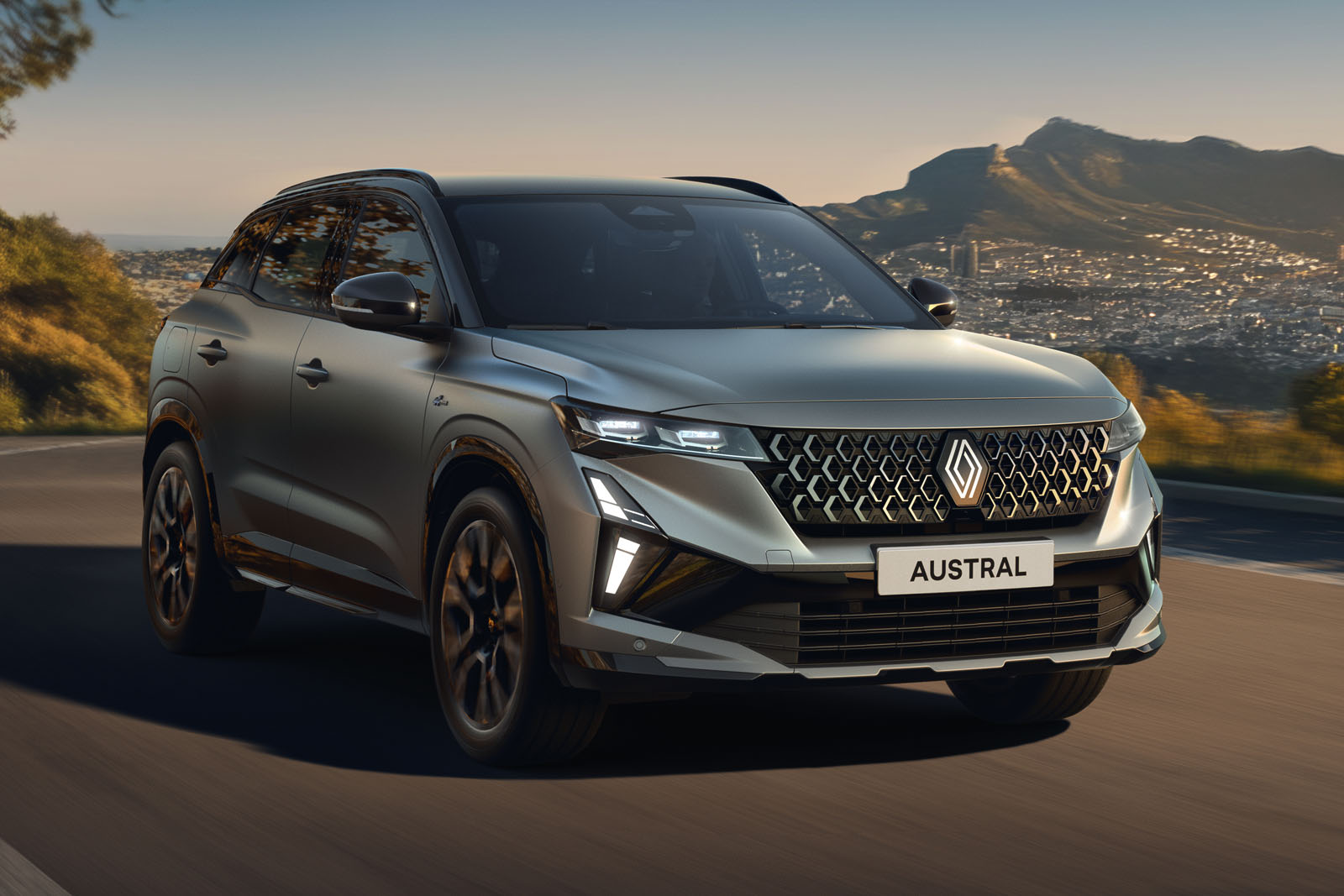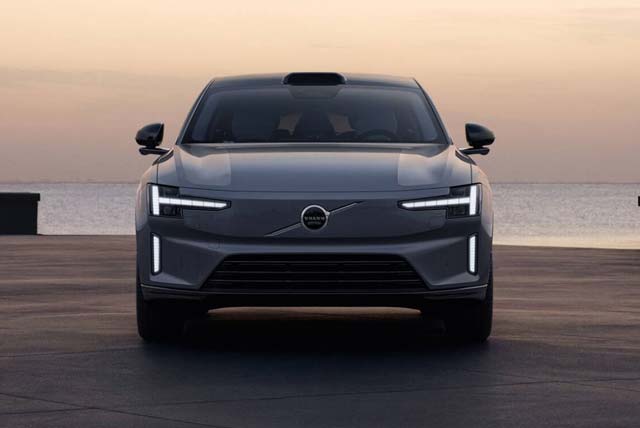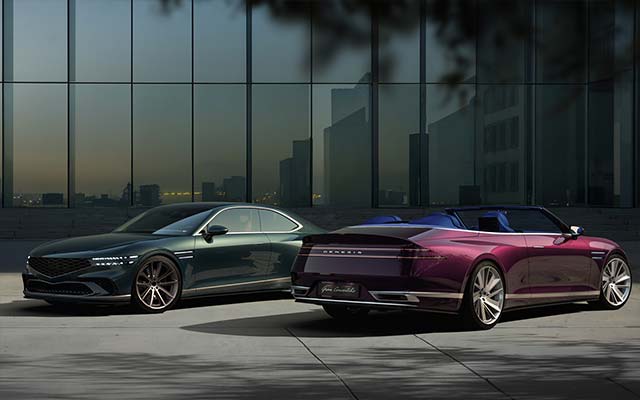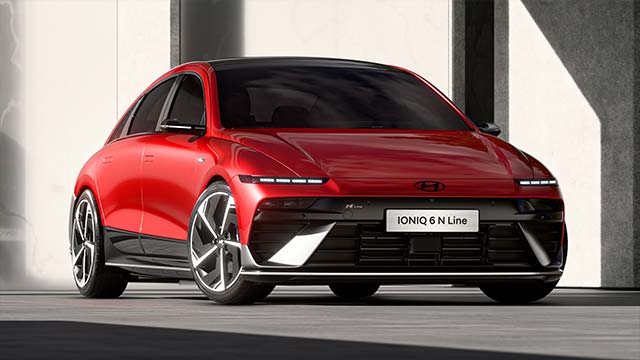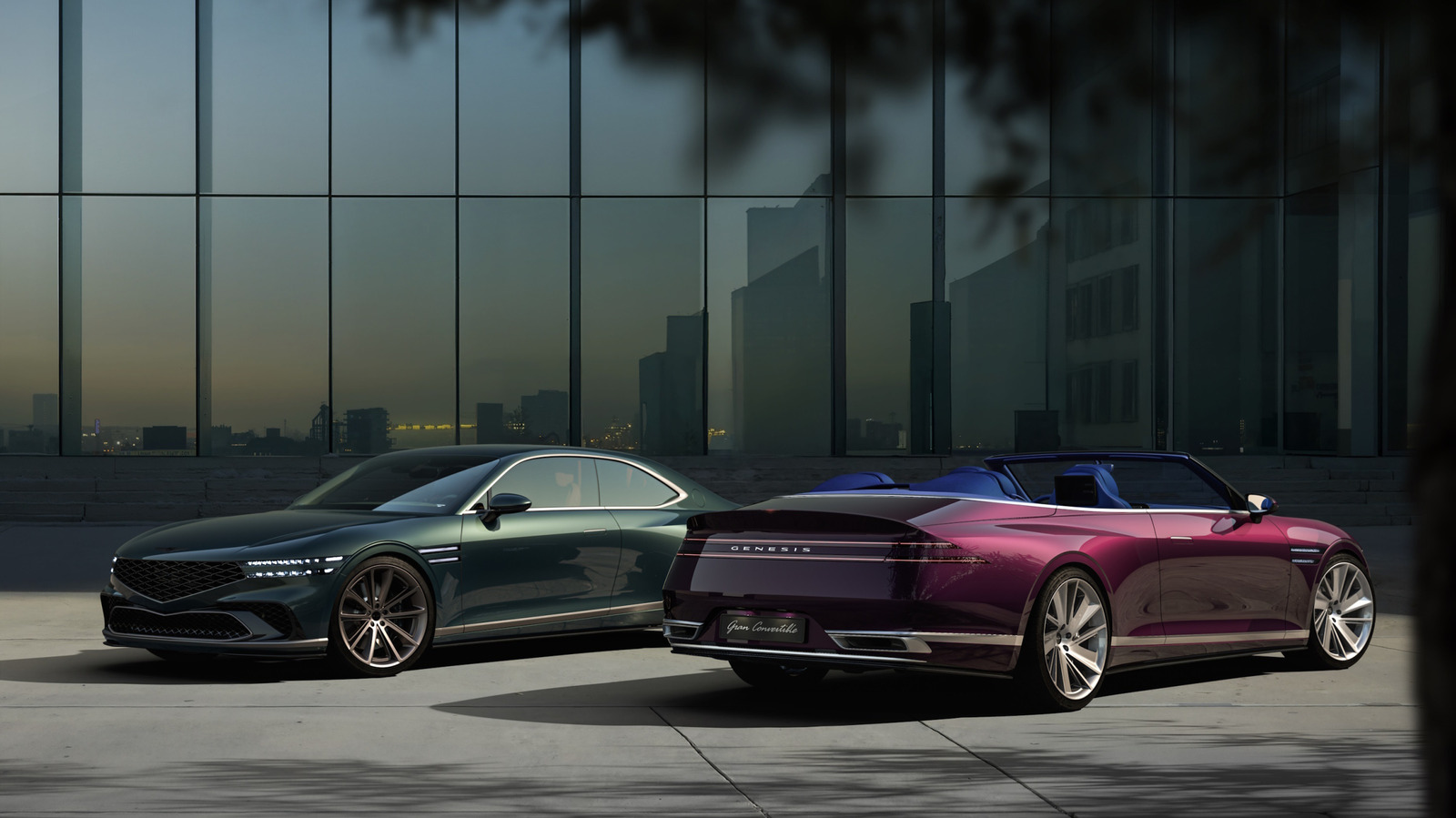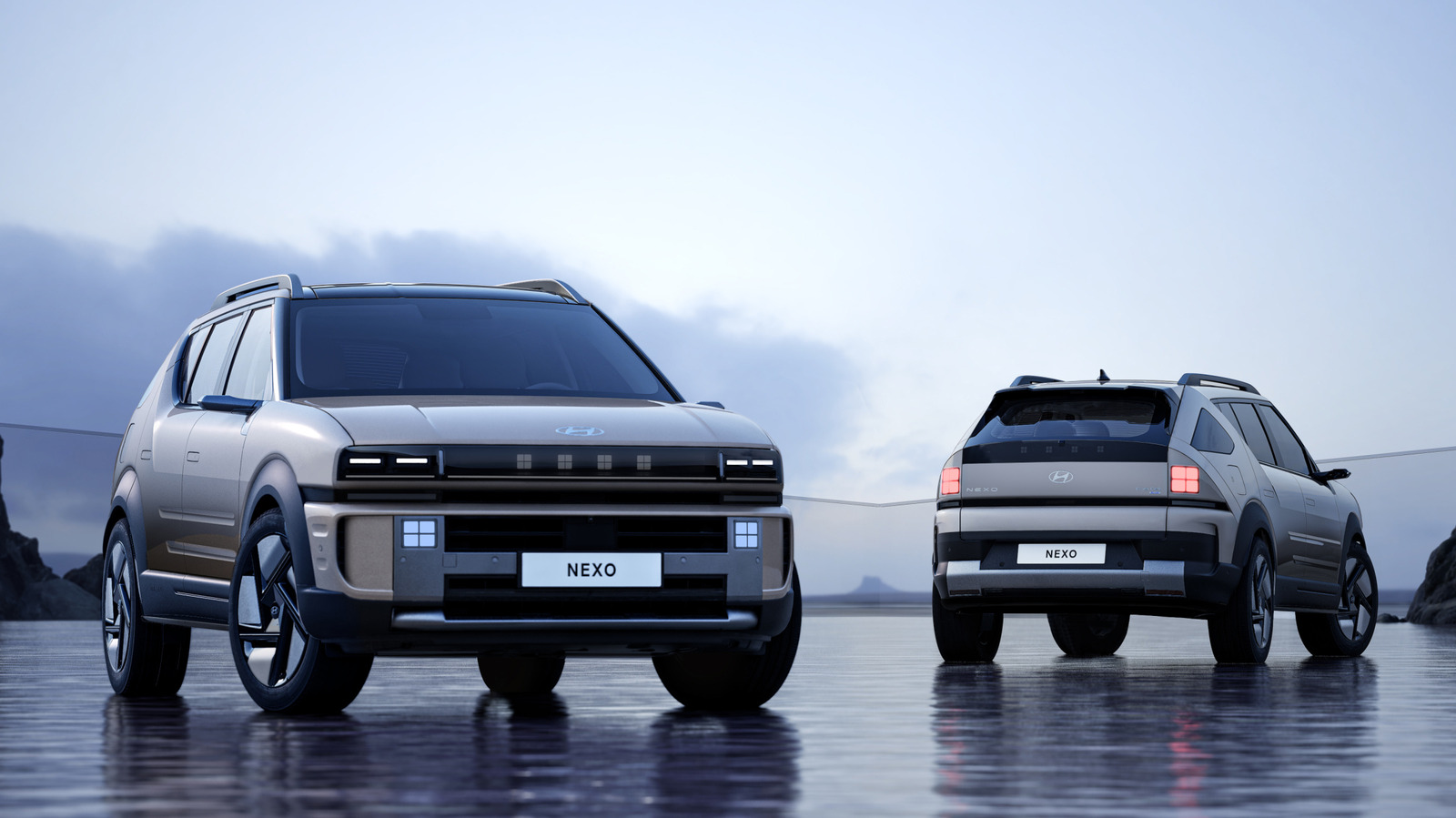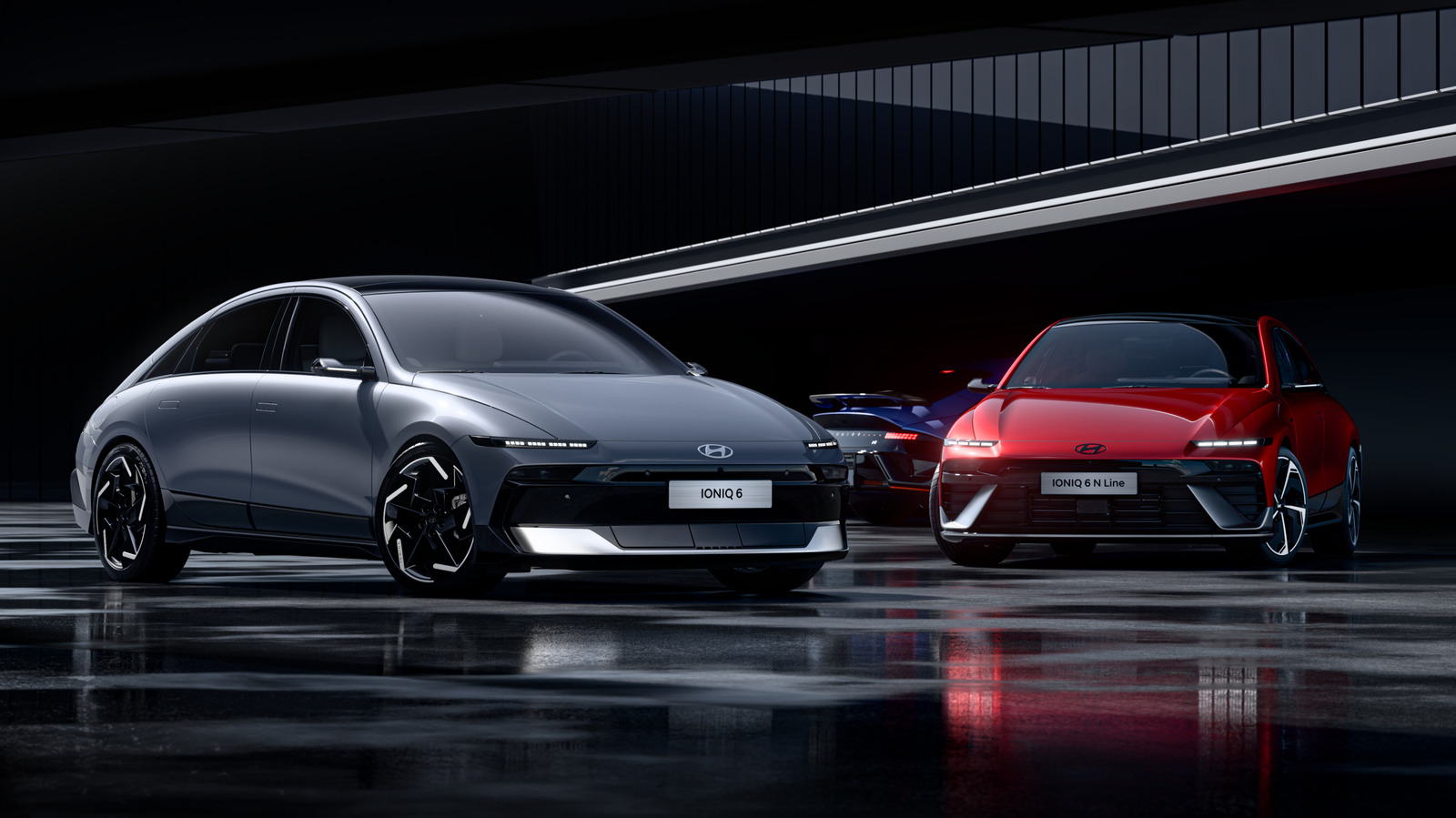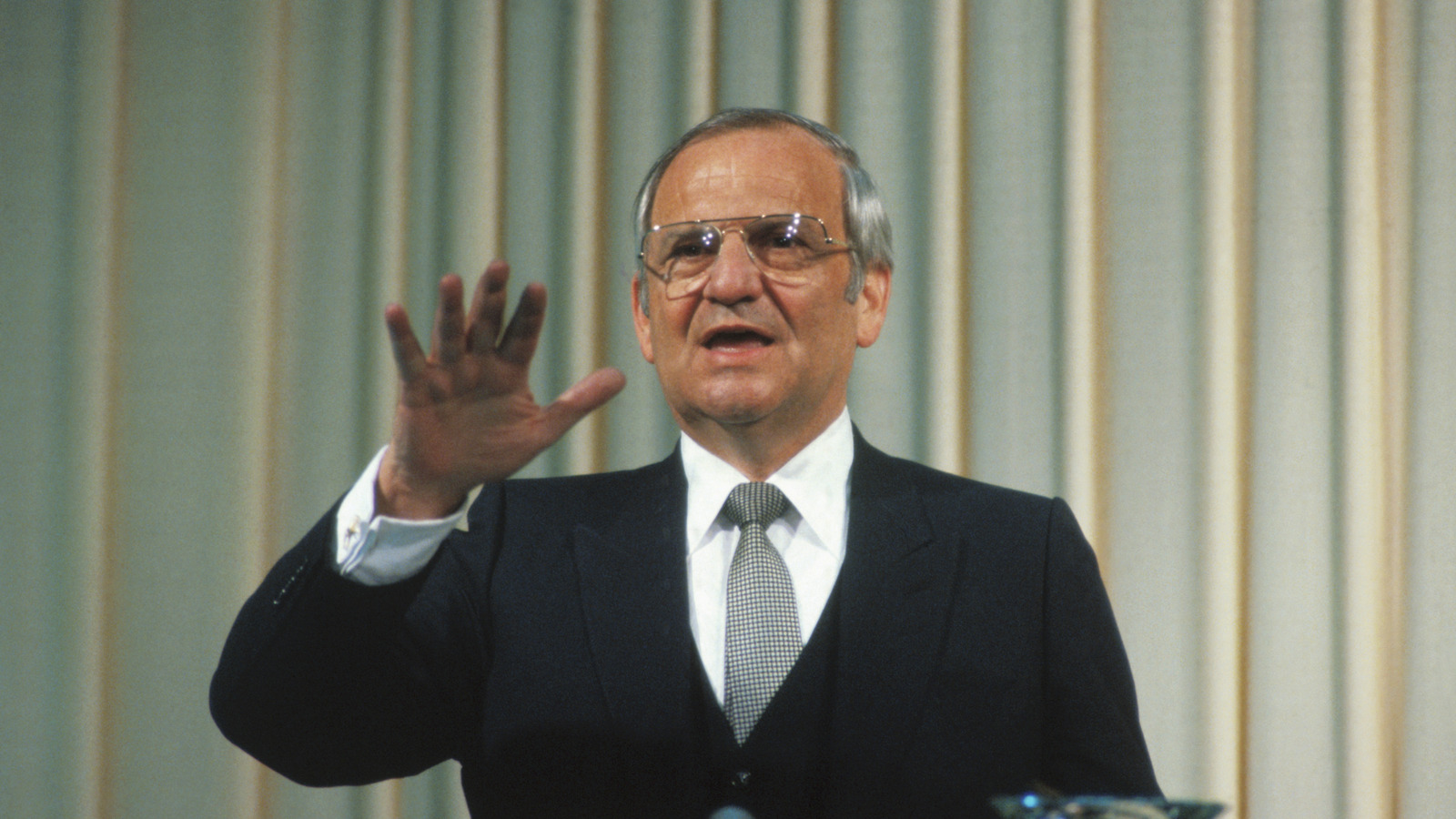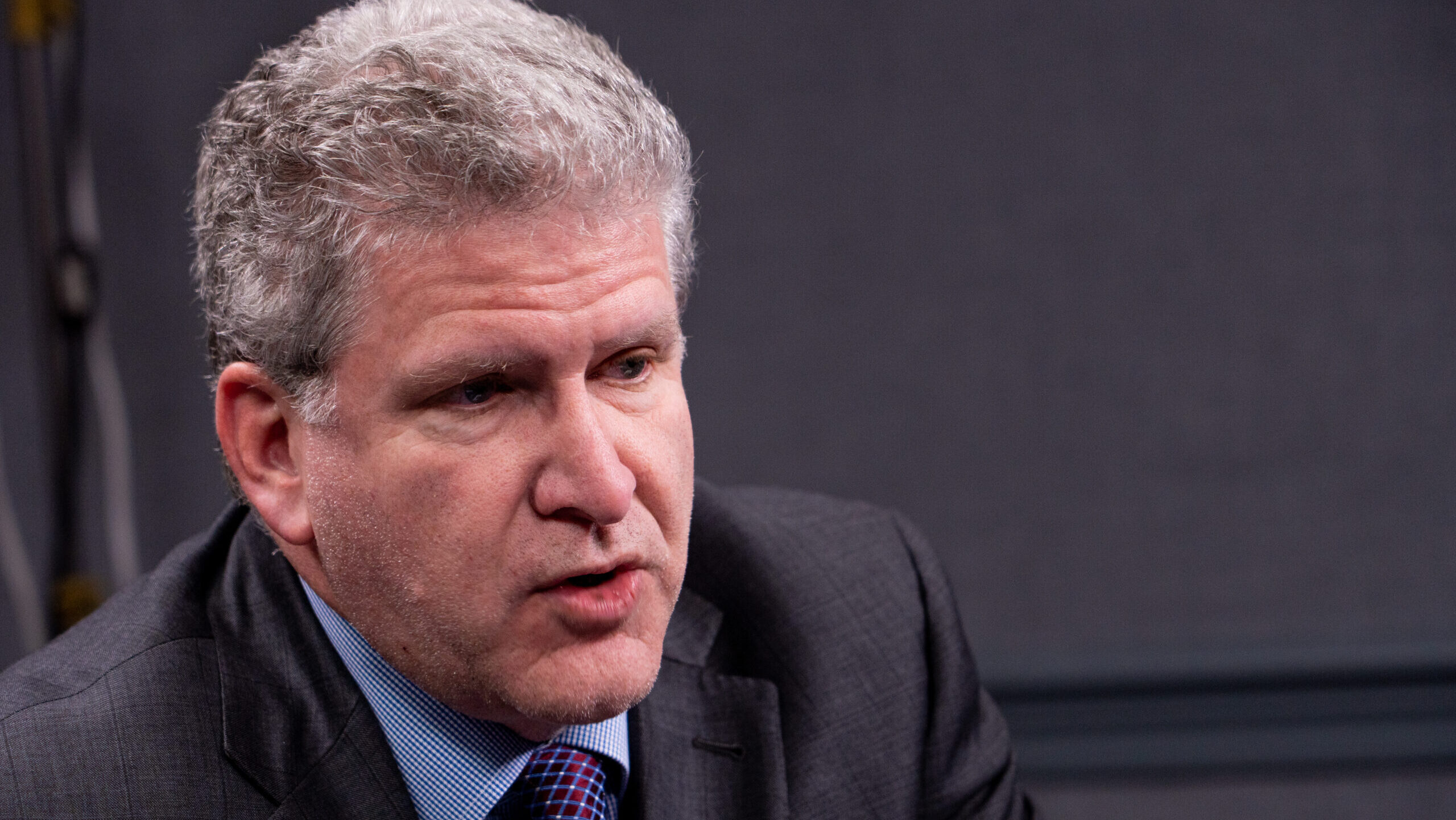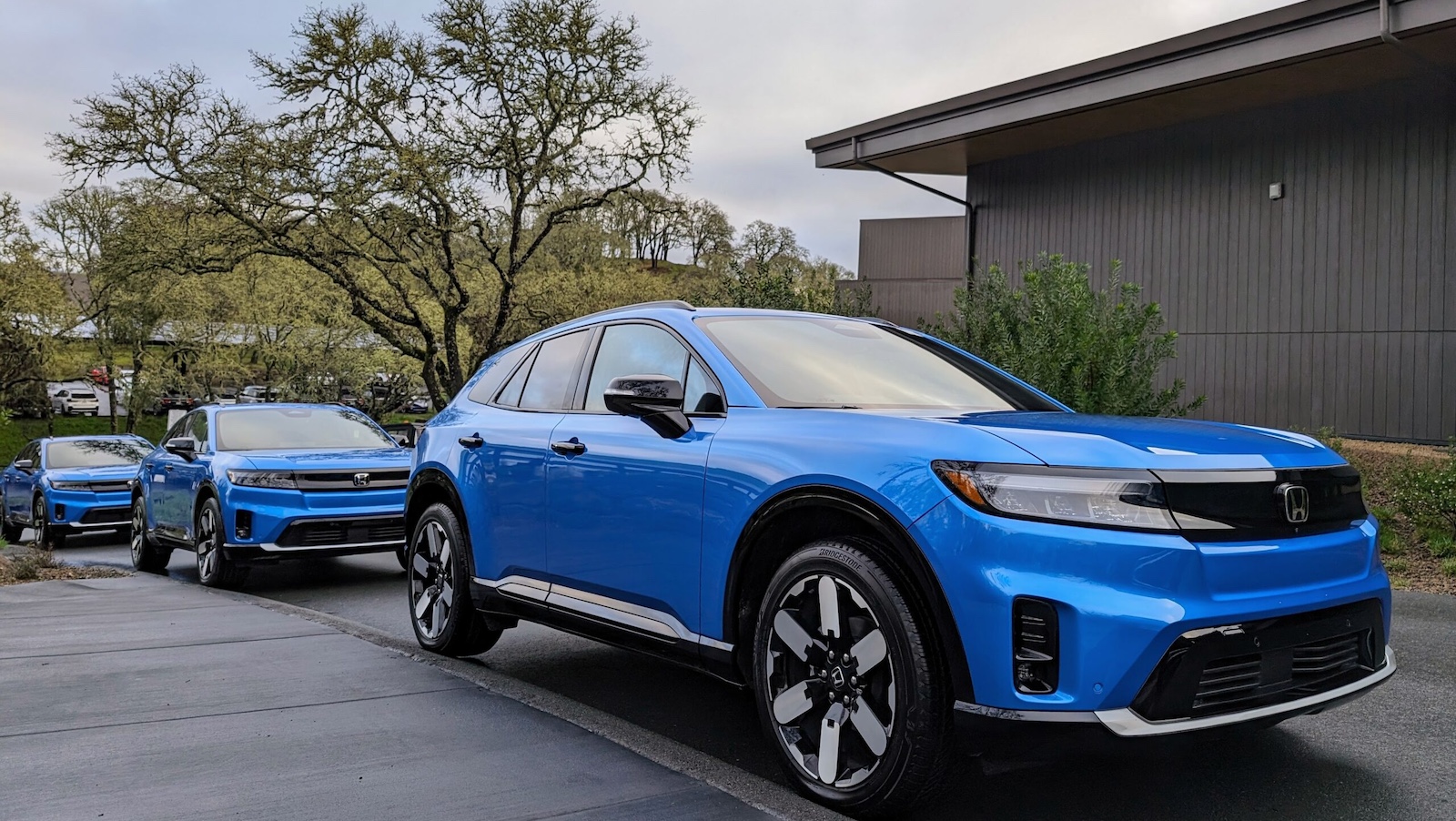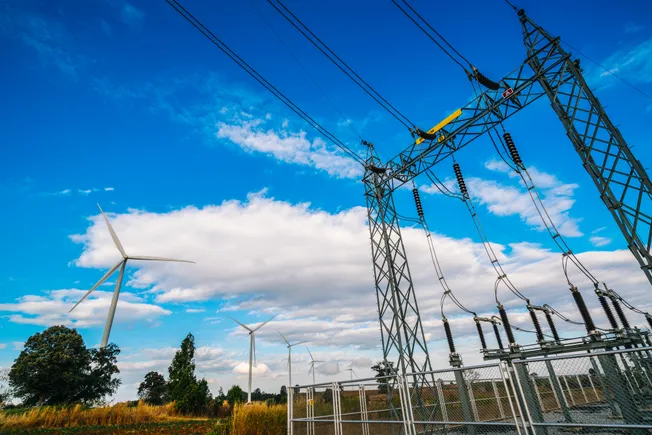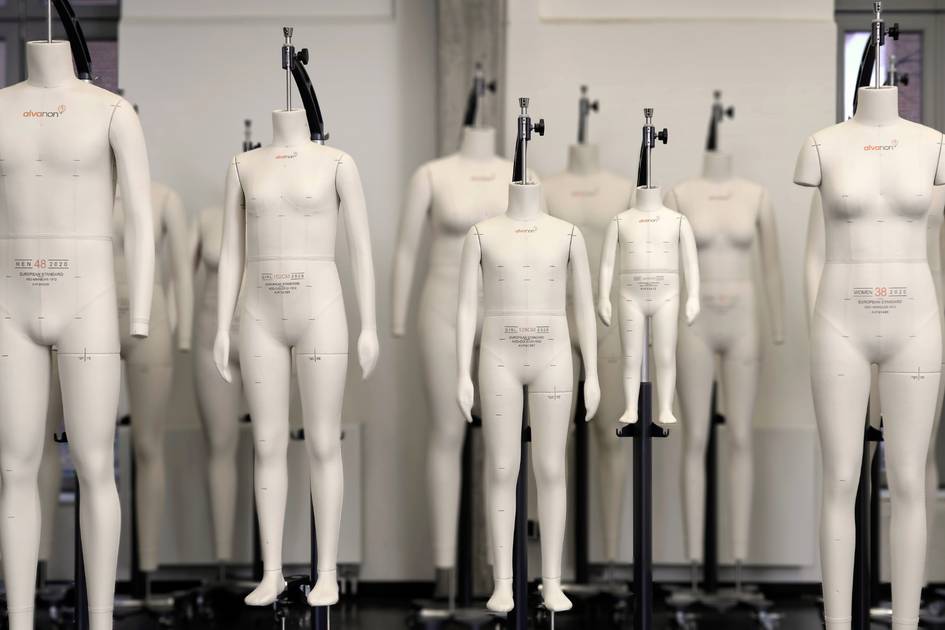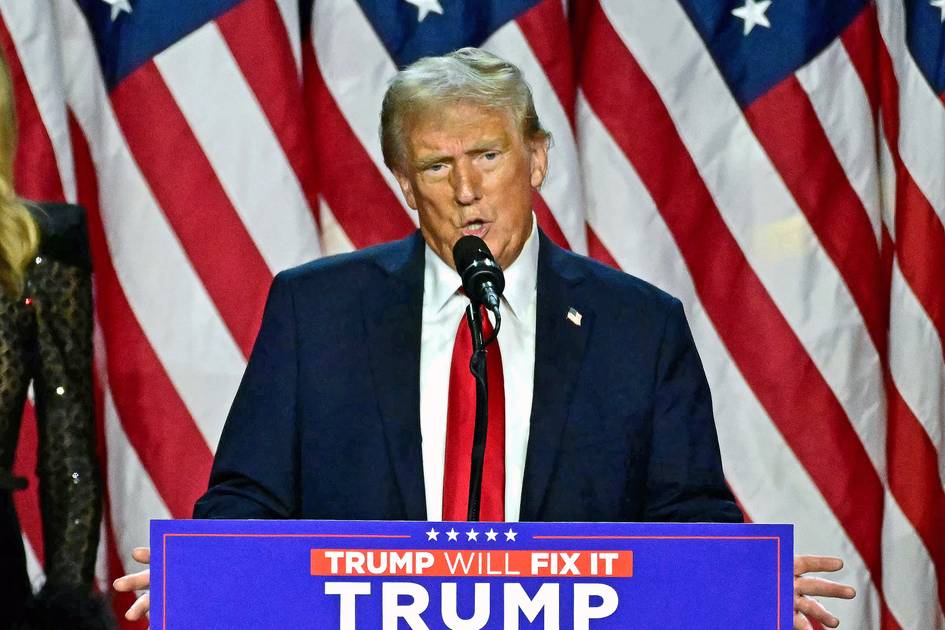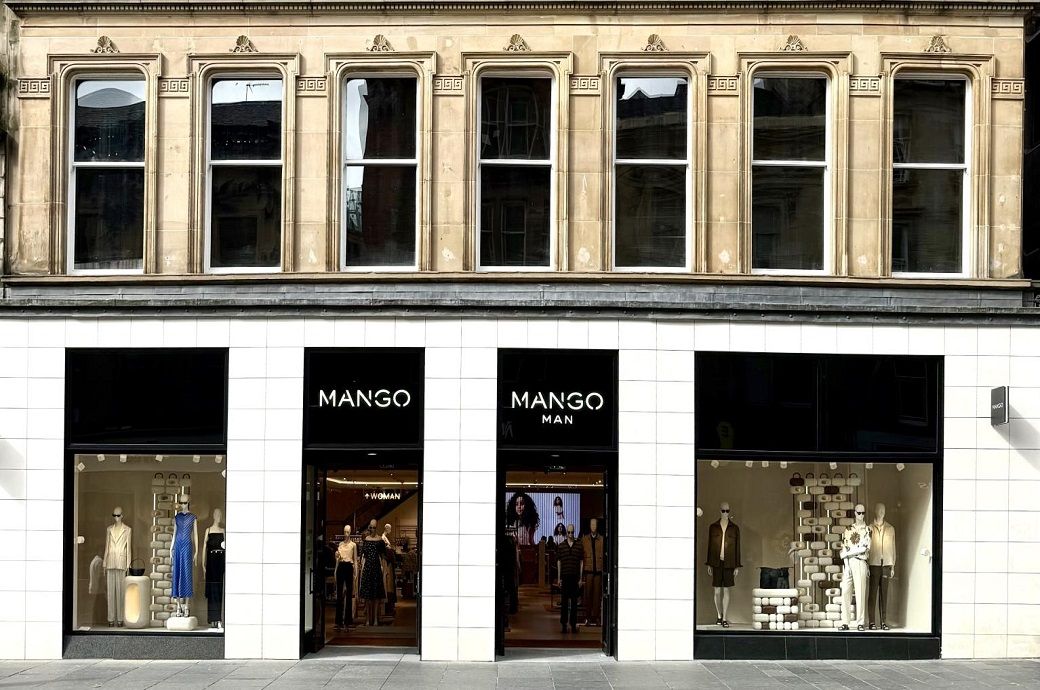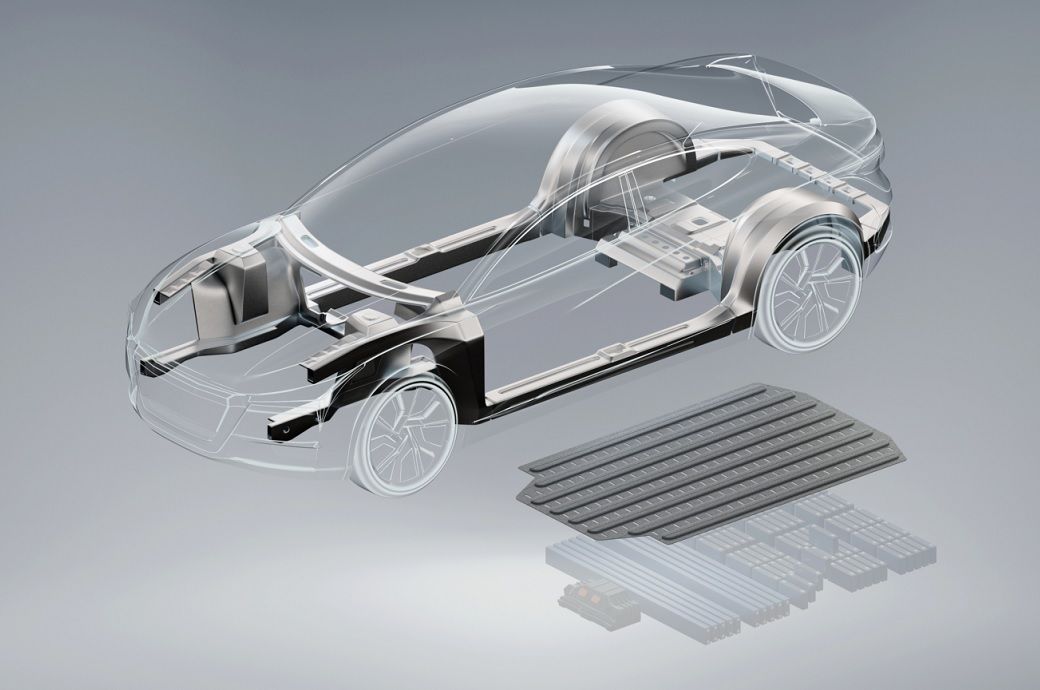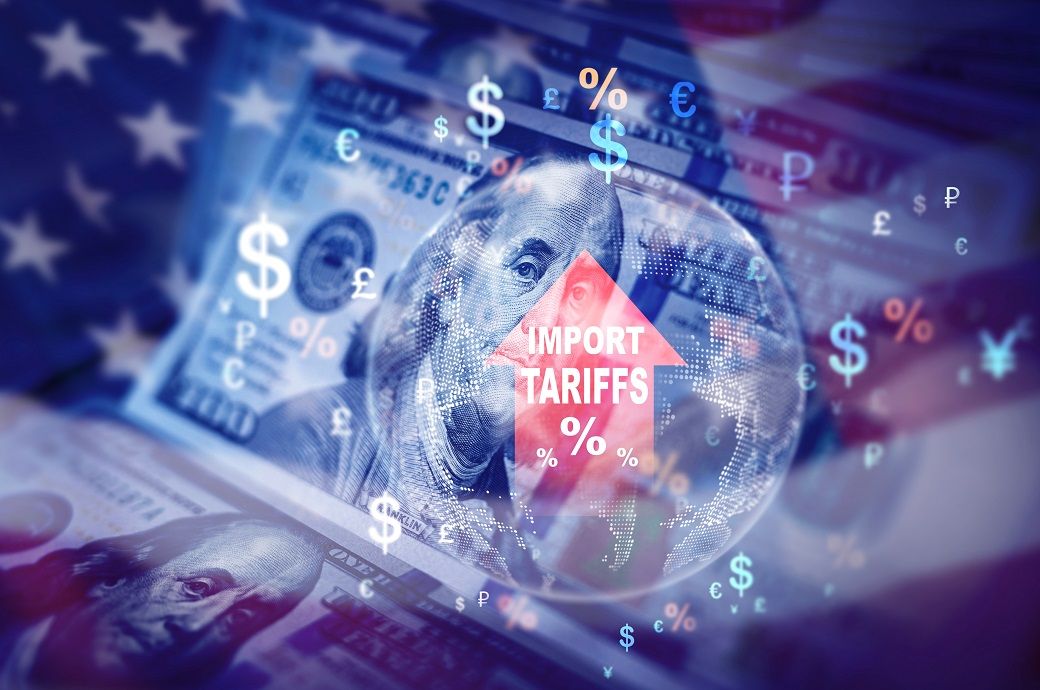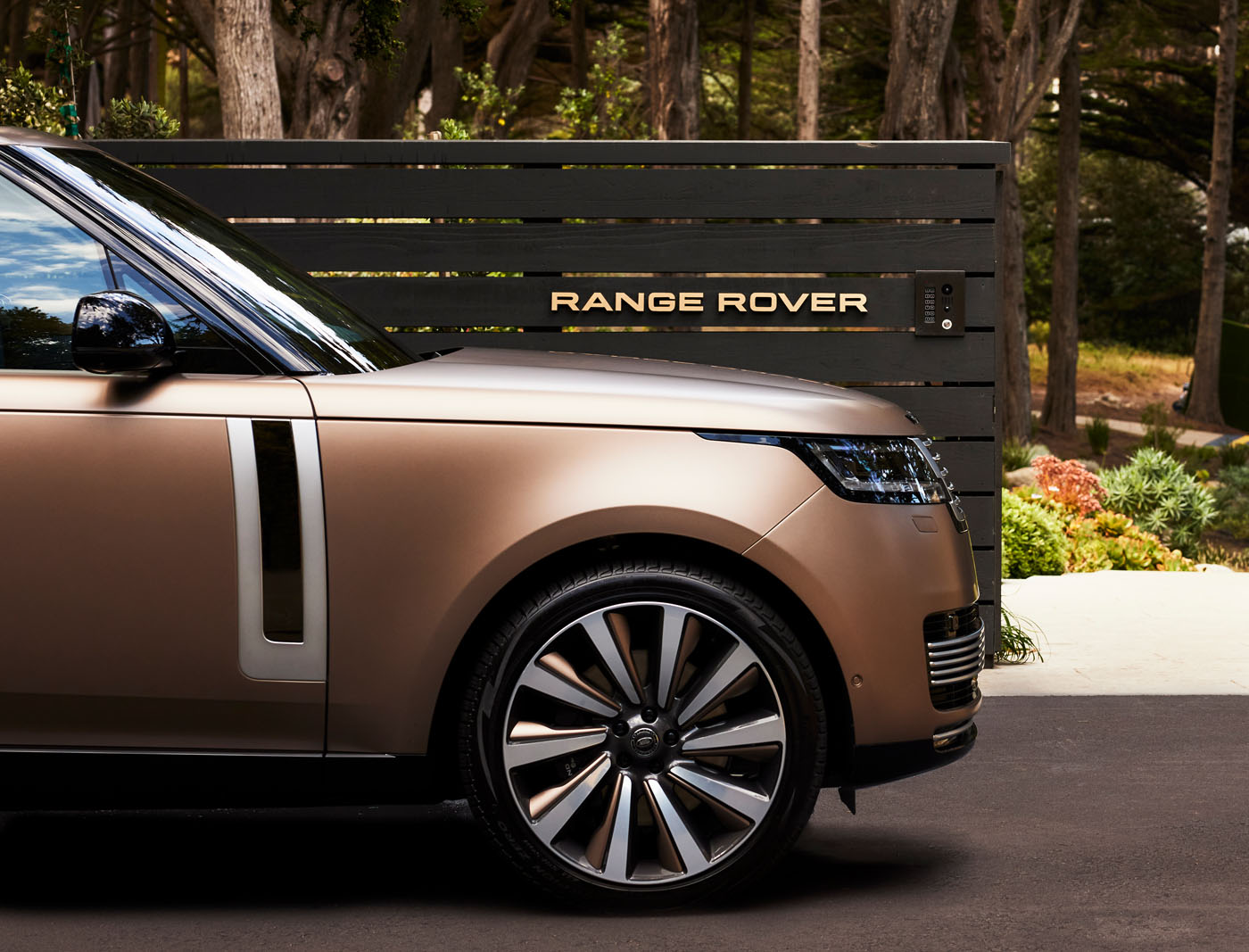Volvo CEO was pushed out as financial conditions turned stormy
Rowan was a key driver behind Volvo's push for software-defined vehicles Sources confirm to Autocar that Jim Rowan was pushed out, sending shockwaves through the industry Of all the recent CEO changes, Volvo dropping Jim Rowan in favour of his predecessor Håkan Samuelsson provoked the most puzzled response among car industry watchers. “It’s the biggest surprise of all the changes,” said former Nissan and Aston Martin senior executive Andy Palmer. “In my mind, he was doing great.” Volvo hasn’t officially confirmed the reason for Rowan’s departure, but two separate sources have confirmed to Autocar that he was pushed out. “It was quick and a surprise,” said another. The case for replacing Rowan was, on the face of it, thin. The former Dyson CEO has overseen one of the most successful periods in Volvo’s history. Last year, the Geely-owned Swedish company posted a record breaking profit of SEK 27 billion (£2.1bn) on a decent margin of 6.8%. Sales were also at a record high, at 763,389, up 8% on the year before. Volvo has successfully navigated the push into electric cars, with EVs accounting for almost a quarter of its sales last year and the electrified share including plug-in hybrids hitting 46%. Rowan highlighted these figures during the company’s annual results call in February to make the point that it's possible to execute electrification while continuing to make money. Since joining Volvo in 2022, Rowan plugged away at the transformation his consumer electronics background prepped him for: deliver the digital overhaul demanded by both shareholders and consumers in Volvo’s single largest market of China. He was also convinced by the need to continue the shift to electrification started by Samuelsson. “I’m flabbergasted sometimes by a lot of our competitors who still want to push for internal combustion engines,” Rowan told Autocar in a recent interview. The money might be good now, but not making the switch early enough is an extinction-level mistake, he said. Volvo has been forced to roll back its all-EV plan for 2030 on the back of slowing demand in the US, its second largest single market, but is persisting with the SPA3 EV platform that will spawn an electric version of its global best-seller, the XC60 SUV, in 2026. However, Rowan acknowledged on that February call that he was staring down the barrel of a much tougher 12 months. “2025 will be a very challenging year for the industry as a whole and also for Volvo Cars,” he said. Reading the transcript back, it’s possible to believe the Brit had a premonition of what was to come and was pleading for more time to carry out his planned overhaul. “This game is not going to be won in '24 or even '25 or even '26,” he said. “We must not sacrifice the future on the altar of the present.” The scale of the challenge was starting to be revealed in 2024. While Volvo sales in Europe were up an impressive 25% in Europe, helped by the new EX30 small electric SUV, demand fell 8% in China and 3% in the US. Volvo may be owned by a Chinese company, but that’s not helping it navigate a consumer shift away from global car makers toward more agile and tech-savvy local firms in the world’s biggest car market. Another black mark against Rowan was Volvo’s declining share price, down 50% in the last 12 months. Installing a leader from a globally successful consumer tech company was supposed to transfer some of that world’s sparkledust onto a successful but outwardly staid company. Meanwhile, the Swedish pines surrounding Volvo’s Gothenburg headquarters went from gently swaying in global headwinds to bending backwards. The storm with the potential to deliver the biggest damage is new US president Donald Trump’s announcement that he will impose 25% tariffs on all cars imported into the US not covered by the Mexico-US-Canada free trade area. That starts today (2 April) and hits all Volvo models sold in the US bar the new EX90 electric SUV, which is built in the company’s plant in Charleston, South Carolina. Investors were warned on a call on 27 March that revenues were going to be down in the first quarter. That plus the tariffs and the “sudden recall” of Samuelsson “suggests Volvo Cars is stepping up crisis management to protect liquidity”, wrote Philippe Houchois, analyst at the bank Jefferies, in a note to investors. Samuelsson is well known to Geely and its boss Li Shufu as a trusted and thrifty steward from his 10 years heading Volvo. His decision in 2013 to dump six-cylinder engines and switch top-end models to PHEV drivetrains was both frugal and prophetic – two properties most valued by car companies right now. Samuelsson, now 74, has to steady the ship during the two years he has signed up for as Volvo’s top executive. That won’t be easy. Volvo’s global range of premium cars is being asked to appeal across three regions with increasingly divergent political demands and consumer desires. Volvo, along with most of its peers, bet too long on EV demand and is now ha
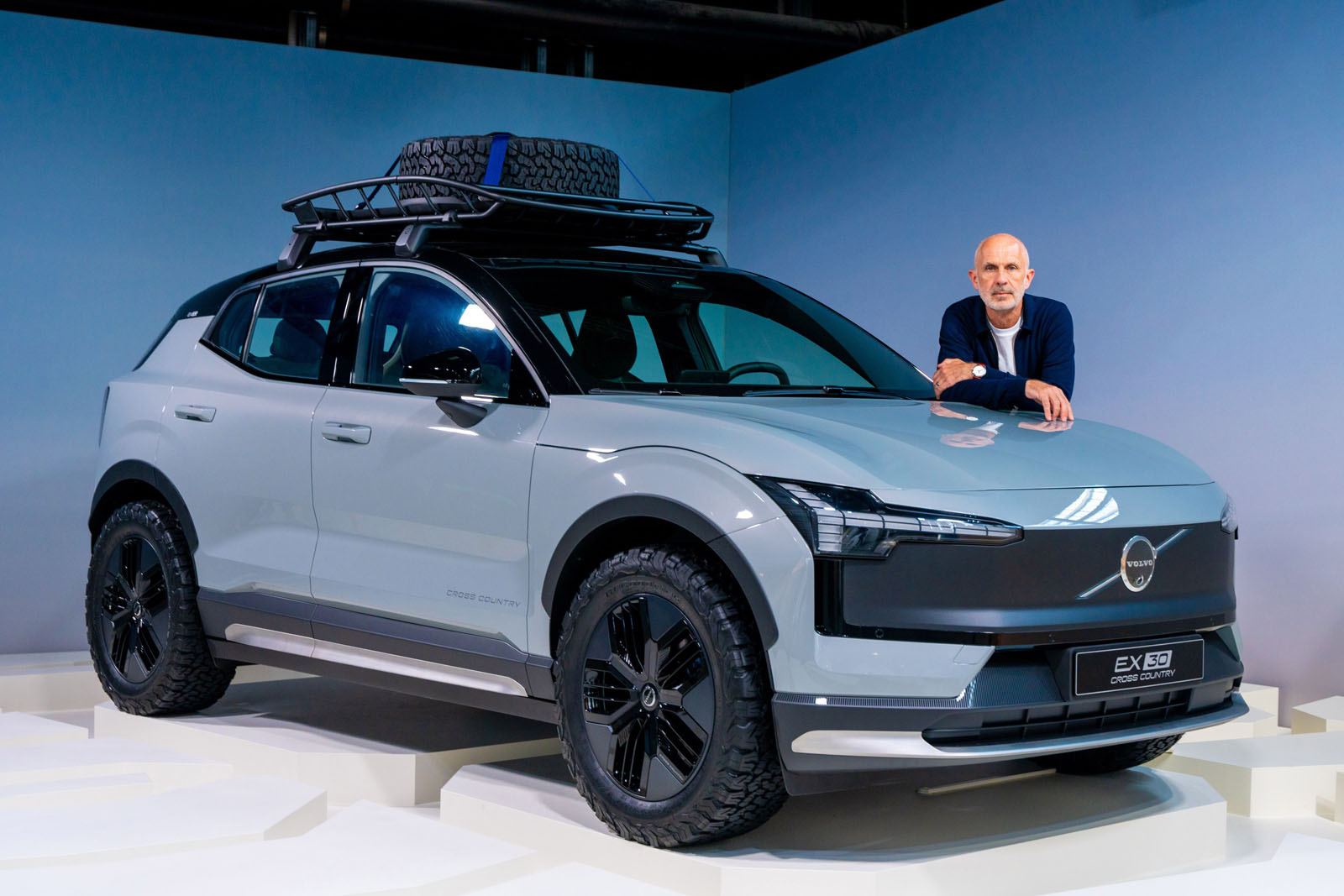

Rowan was a key driver behind Volvo's push for software-defined vehiclesSources confirm to Autocar that Jim Rowan was pushed out, sending shockwaves through the industry
Of all the recent CEO changes, Volvo dropping Jim Rowan in favour of his predecessor Håkan Samuelsson provoked the most puzzled response among car industry watchers.
“It’s the biggest surprise of all the changes,” said former Nissan and Aston Martin senior executive Andy Palmer. “In my mind, he was doing great.”
Volvo hasn’t officially confirmed the reason for Rowan’s departure, but two separate sources have confirmed to Autocar that he was pushed out. “It was quick and a surprise,” said another.
The case for replacing Rowan was, on the face of it, thin. The former Dyson CEO has overseen one of the most successful periods in Volvo’s history.
Last year, the Geely-owned Swedish company posted a record breaking profit of SEK 27 billion (£2.1bn) on a decent margin of 6.8%. Sales were also at a record high, at 763,389, up 8% on the year before.
Volvo has successfully navigated the push into electric cars, with EVs accounting for almost a quarter of its sales last year and the electrified share including plug-in hybrids hitting 46%.
Rowan highlighted these figures during the company’s annual results call in February to make the point that it's possible to execute electrification while continuing to make money.
Since joining Volvo in 2022, Rowan plugged away at the transformation his consumer electronics background prepped him for: deliver the digital overhaul demanded by both shareholders and consumers in Volvo’s single largest market of China. He was also convinced by the need to continue the shift to electrification started by Samuelsson.
“I’m flabbergasted sometimes by a lot of our competitors who still want to push for internal combustion engines,” Rowan told Autocar in a recent interview. The money might be good now, but not making the switch early enough is an extinction-level mistake, he said.
Volvo has been forced to roll back its all-EV plan for 2030 on the back of slowing demand in the US, its second largest single market, but is persisting with the SPA3 EV platform that will spawn an electric version of its global best-seller, the XC60 SUV, in 2026.
However, Rowan acknowledged on that February call that he was staring down the barrel of a much tougher 12 months. “2025 will be a very challenging year for the industry as a whole and also for Volvo Cars,” he said.
Reading the transcript back, it’s possible to believe the Brit had a premonition of what was to come and was pleading for more time to carry out his planned overhaul. “This game is not going to be won in '24 or even '25 or even '26,” he said. “We must not sacrifice the future on the altar of the present.”
The scale of the challenge was starting to be revealed in 2024. While Volvo sales in Europe were up an impressive 25% in Europe, helped by the new EX30 small electric SUV, demand fell 8% in China and 3% in the US.
Volvo may be owned by a Chinese company, but that’s not helping it navigate a consumer shift away from global car makers toward more agile and tech-savvy local firms in the world’s biggest car market.
Another black mark against Rowan was Volvo’s declining share price, down 50% in the last 12 months. Installing a leader from a globally successful consumer tech company was supposed to transfer some of that world’s sparkledust onto a successful but outwardly staid company.
Meanwhile, the Swedish pines surrounding Volvo’s Gothenburg headquarters went from gently swaying in global headwinds to bending backwards.
The storm with the potential to deliver the biggest damage is new US president Donald Trump’s announcement that he will impose 25% tariffs on all cars imported into the US not covered by the Mexico-US-Canada free trade area. That starts today (2 April) and hits all Volvo models sold in the US bar the new EX90 electric SUV, which is built in the company’s plant in Charleston, South Carolina.
Investors were warned on a call on 27 March that revenues were going to be down in the first quarter. That plus the tariffs and the “sudden recall” of Samuelsson “suggests Volvo Cars is stepping up crisis management to protect liquidity”, wrote Philippe Houchois, analyst at the bank Jefferies, in a note to investors.
Samuelsson is well known to Geely and its boss Li Shufu as a trusted and thrifty steward from his 10 years heading Volvo.
His decision in 2013 to dump six-cylinder engines and switch top-end models to PHEV drivetrains was both frugal and prophetic – two properties most valued by car companies right now.
Samuelsson, now 74, has to steady the ship during the two years he has signed up for as Volvo’s top executive.
That won’t be easy. Volvo’s global range of premium cars is being asked to appeal across three regions with increasingly divergent political demands and consumer desires.
Volvo, along with most of its peers, bet too long on EV demand and is now having to row back and lengthen its development of ICE models.
The company is too small to hedge its bets in the way that BMW and Mercedes-Benz can.
Rowan is probably right that it needs to persist in rolling out new technology such as the Superset software stack and not “sacrifice the future on the altar of the present”.
Unfortunately, the first sacrifice was Rowan himself. Said Palmer: “I guess in times of turbulence, there’s a tendency to go for a steady hand rather than the change agent.”











